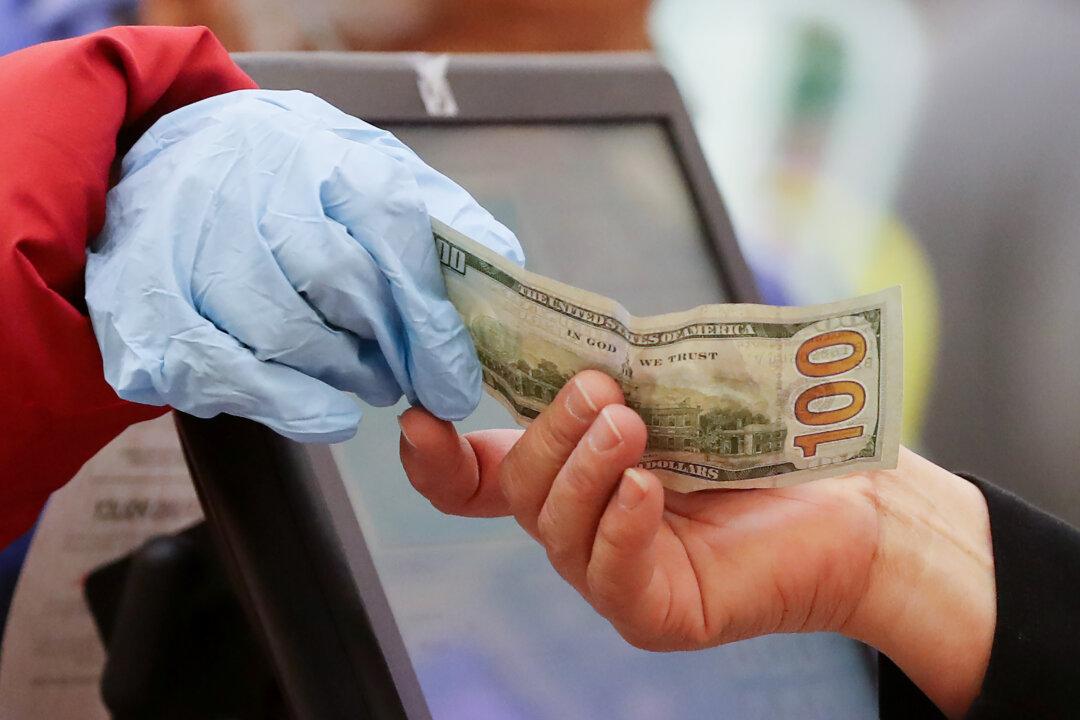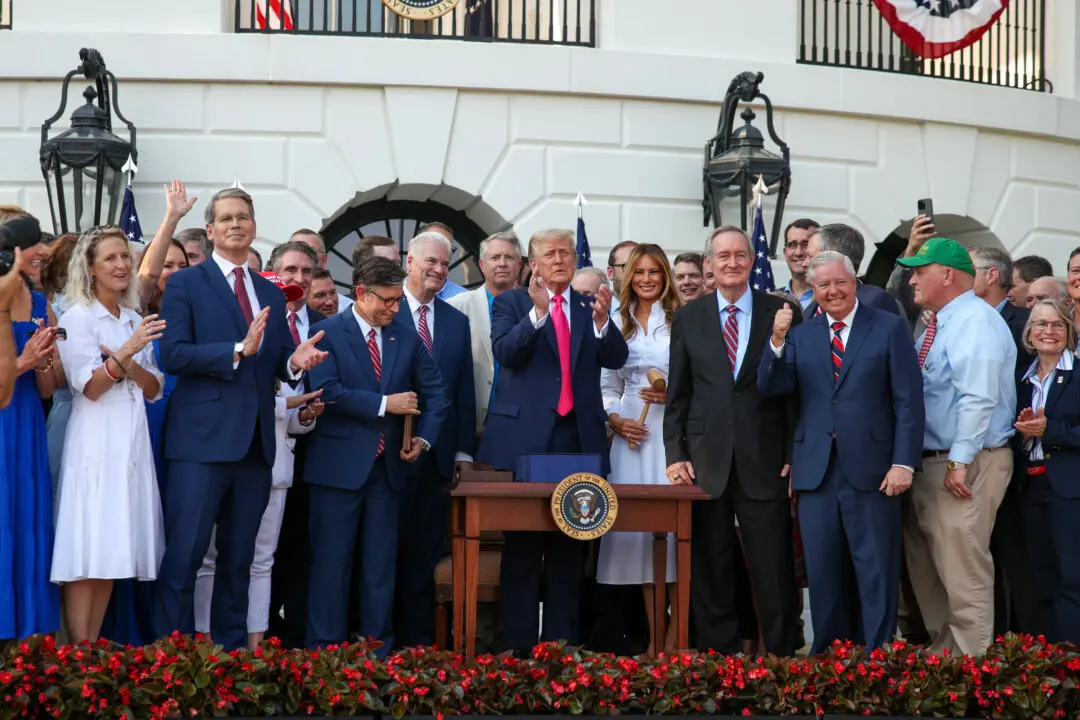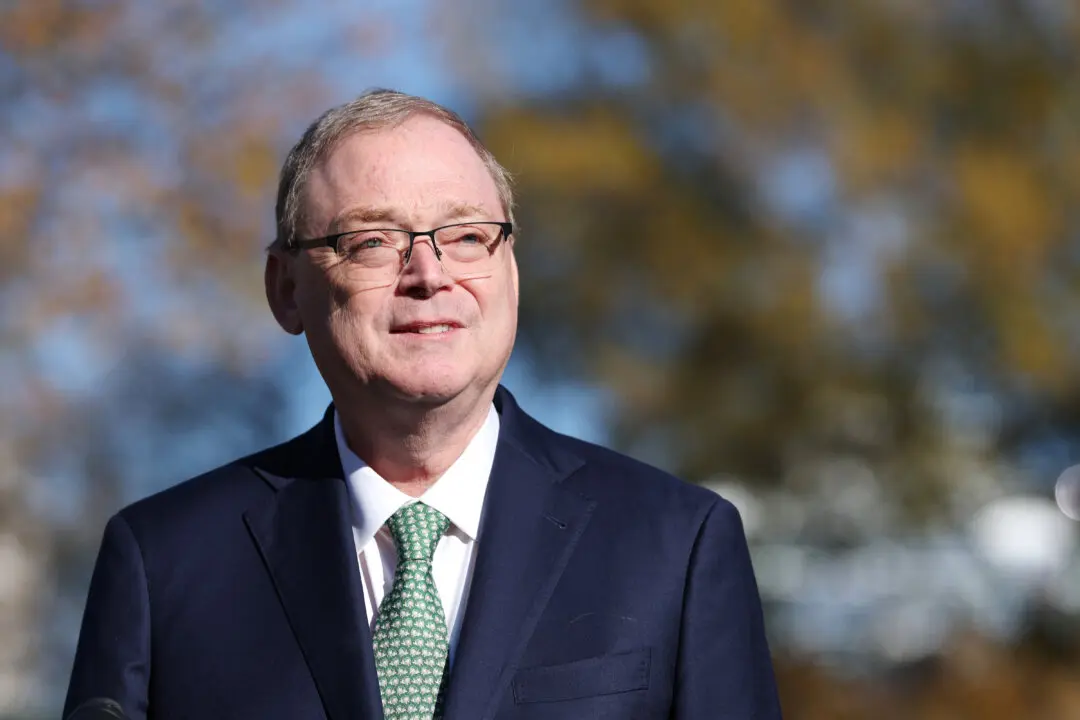Officials are seeking to strike a delicate balance between protecting the lives of Americans amid the COVID-19 outbreak and accommodating people’s needs to get back to work and make a living.
Bipartisan calls are mounting to consider ways to restart the economy as soon as possible amid the pandemic to minimize the economic impact as parts of the country grind to a halt to mitigate the spread of the virus.





